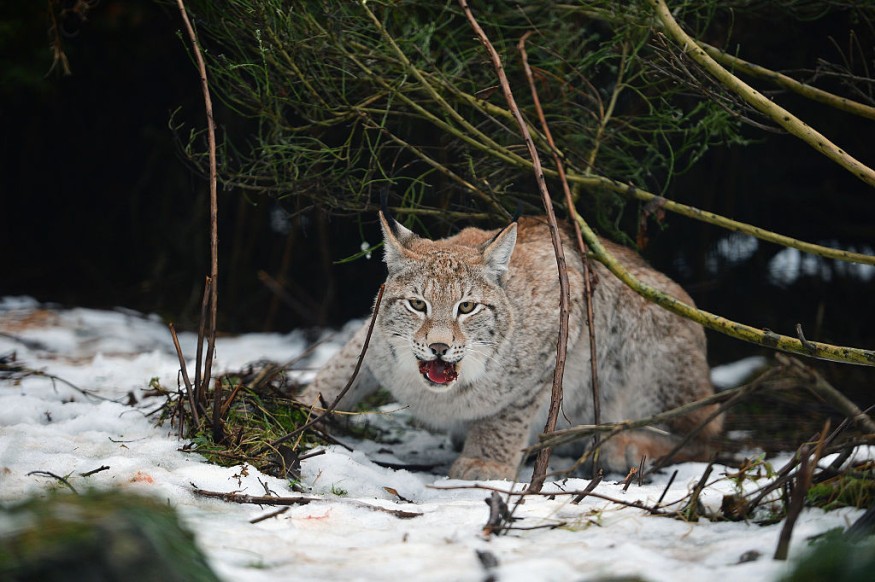A black Canada lynx was recorded for the first time through a video by a scientist near the town of Whitehorse in Yukon, Canada. The exact date of the video was taken on the 29th of August 2020. Now, further details of the first recorded melanistic Canadian lynx was published in as a new study last week.
Melanism in Lynx

The new paper about the first record of melanism in the Canada lynx (Lynx canadensis) species was published in the journal Mammalia in October 10. Wildlife biologist Thomas Jung from the Government of Yukon - Department of Environment captured through his camera a rare sighting of the black-coated wild cat, which he believed few people have witnessed.
The research paper's abstract state that coat color variation in mammal species has been an enduring interest, likely due to their potential to be adaptive or maladaptive with their environment. In addition, the paper highlighted that coat color in the genus Lynx are stable, with only little variation within the Lynx members compared to other felids.
The study also says that members of the L. canadensis species have coats which are normally silver grayish during winter and reddish-brown during summer months, when they also have dark spots and black hairs on the tips of their ears and tails. A so-called rare "pallid colourmorph" is observed only in an occasional basis, which suggests of partial albinism.
Jung reports the first case of melanistic Canada lynx after being photographed during summer in the Canadian territory of Yukon. The wild animal reportedly had a black coat with whitish gray guard hairs, as well as whitish gray hairs in the facial ruff, the rostrum, and dorsal regions of the body. The adaptive importance of melanism in lynx is still unknown but it could be used for camouflage and hunting.
Black Canadian Lynx First Record
The recorded video taken by Jung was also uploaded by the YouTube channel Science Alert on Thursday, October 20. In the 30-second footage, it can be heard that a dog is barking at the black Canadian lynx that was standing still in a field. It suddenly walked in a horizontal direction from the vantage point of the camera.
The short clip was recorded using a cell phone southeast of Whitehorse of the said Canadian territory. The exact population of Canadian lynx with melanism or dark coat is still unclear at this time. However, the record confirms that the biological phenomenon of melanism is indeed possible to occur across the animal kingdom, especially for mammals.
What is Melanism?
Melanism is a condition in the skin or fur as a result of increased dark pigmentation in the plumage, resulting in a blackish appearance.
Melanism is also linked with mutations of one particular gene that encodes the melanocortin 1 receptor, a protein responsible for regulating melanin pigmentation, according to a study published in the journal BioOne in 2017.
For years, scientists have recorded various animals with adaptive melanism, including cats, canids, squirrels, and coral snakes.
© 2025 NatureWorldNews.com All rights reserved. Do not reproduce without permission.





